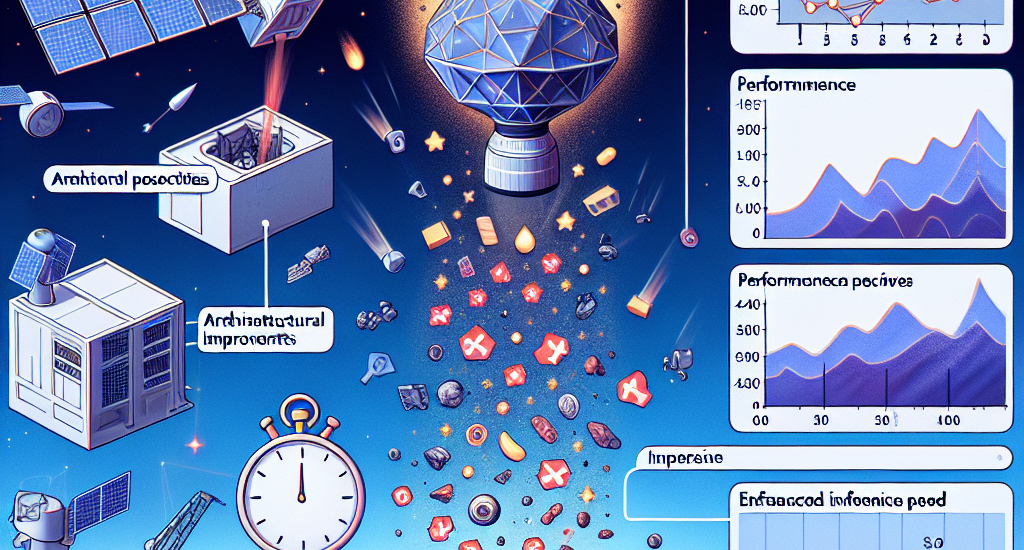Authors: Vít Růžička, Andrew Markham
Abstract: On-board processing of hyperspectral data with machine learning models would
enable unprecedented amount of autonomy for a wide range of tasks, for example
methane detection or mineral identification. Methane is the second most
important greenhouse gas contributor to climate change, and it’s automated
detection on-board of satellites using machine learning models would allow for
early warning system and could enable new capabilities such as automated
scheduling inside constellations of satellites. Classical methods for methane
detection suffer from high false positive rates and previous deep learning
models exhibit prohibitive computational requirements. We propose fast and
accurate machine learning architectures which support end-to-end training with
data of high spectral dimension. We evaluate our models on two tasks related to
hyperspectral data processing – methane leak detection and mineral
identification. With our proposed general architectures, we improve the F1
score of the previous methane detection state-of-the-art models by more than
27% on a newly created synthetic dataset and by almost 13% on the previously
released large benchmark dataset. We also demonstrate that training models on
the synthetic dataset improves performance of models finetuned on the dataset
of real events by 6.9% in F1 score in contrast with training from scratch. On a
newly created dataset for mineral identification, our models provide 3.5%
improvement in the F1 score in contrast to the default versions of the models.
With our proposed models we improve the inference speed by 85.19% in contrast
to previous classical and deep learning approaches by removing the dependency
on classically computed features. Namely, one capture from the EMIT sensor can
be processed in only 30 seconds on a realistic proxy hardware used on the
ION-SCV 004 satellite.
Source: http://arxiv.org/abs/2410.17248v1





